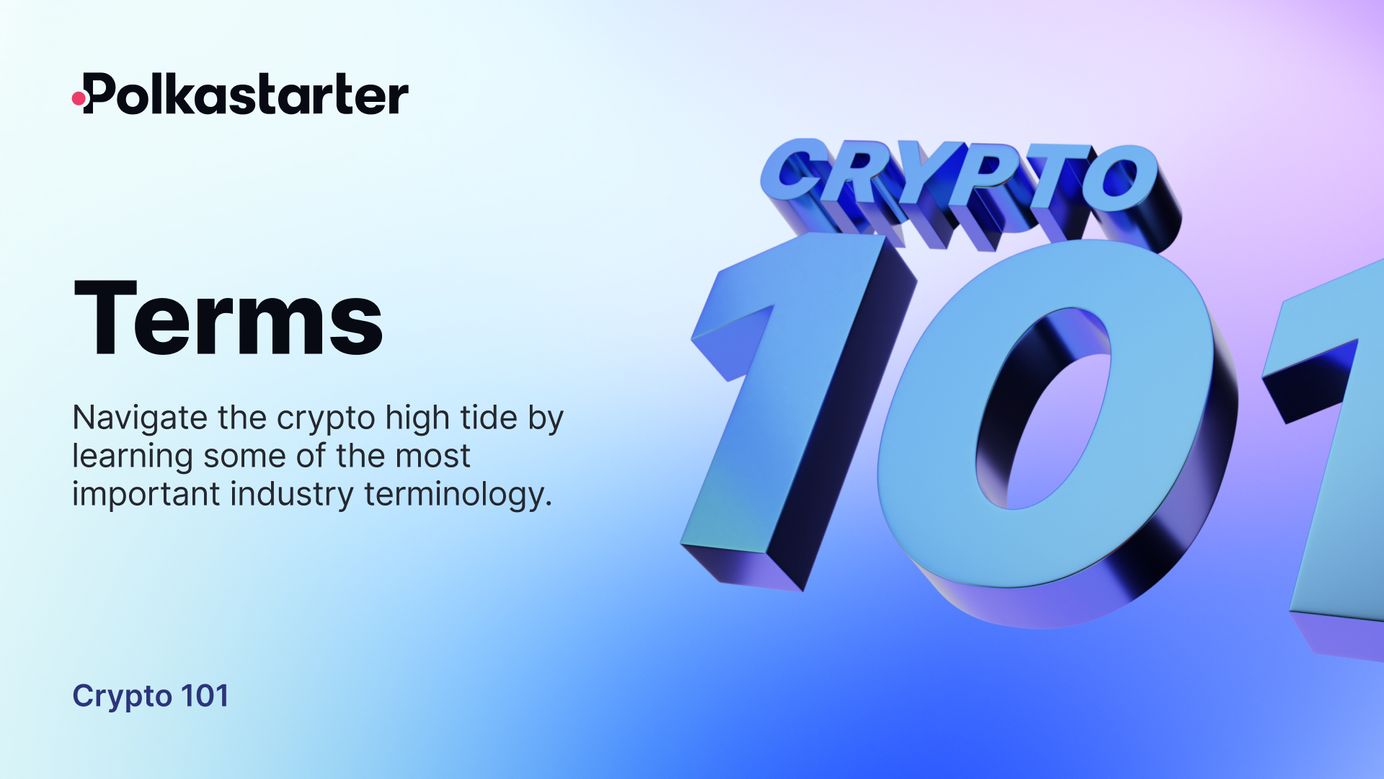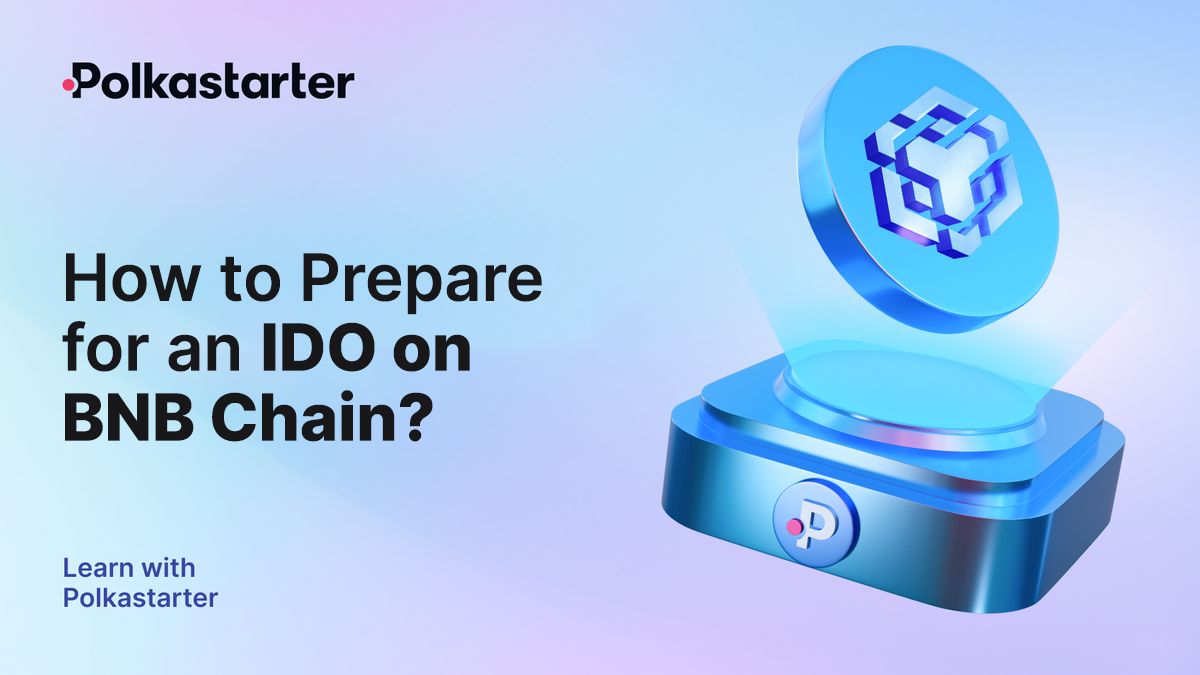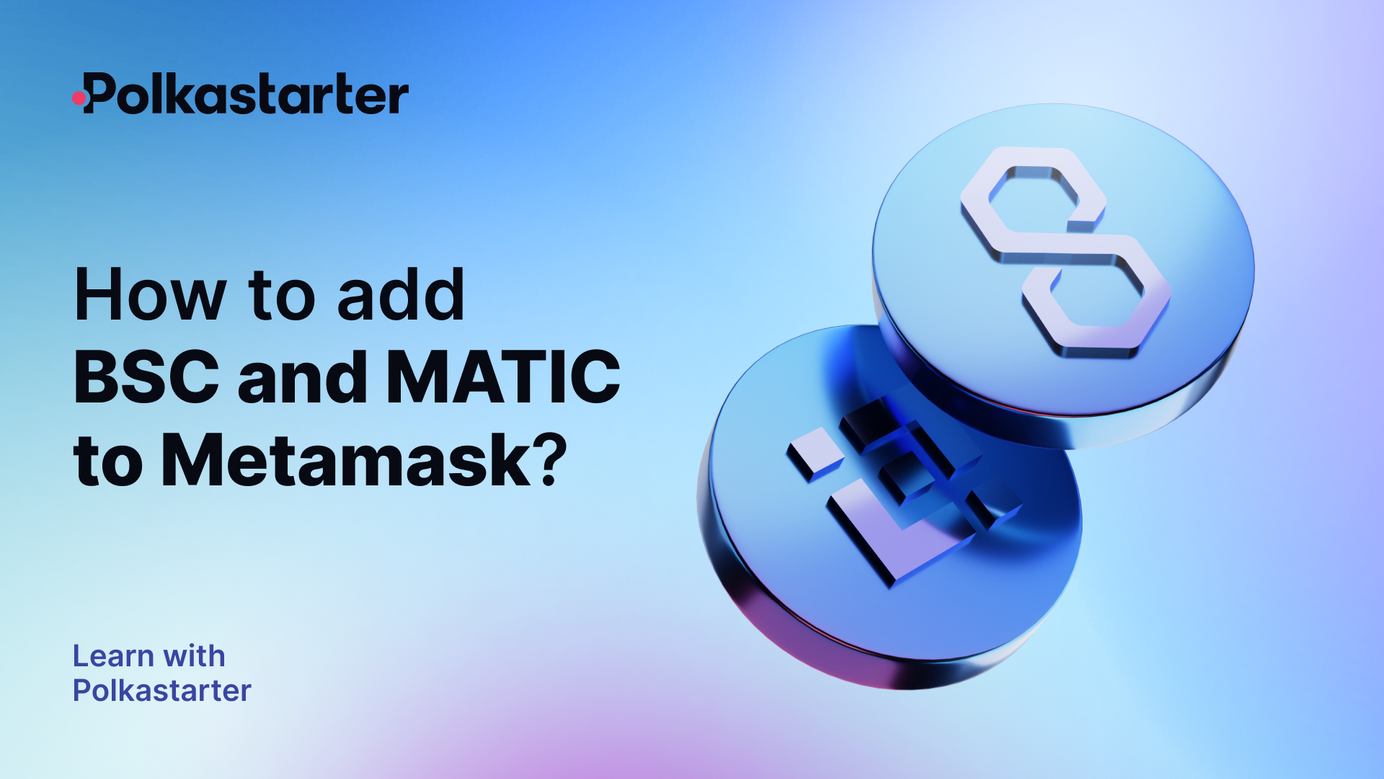
Crypto 101: Key Crypto Terms
Navigate the crypto high tide by learning some of the most important industry terminology.
If you are a newcomer to the exciting world of crypto, you have probably noticed the vastness of it. It’s truly a remarkable world, with its very own captivating language, peculiar makeup of denizens and a myriad of interconnected ecosystems building ground-breaking technologies, for the most part.
Navigating the high crypto seas is no easy task. We’ve been there and know how arduous it can be, especially at the beginning of your crypto journey when there is a significant influx of information all around. With this article, we will help you make better sense of everything going on by giving you a brief of key crypto terminology to ensure you’re well-prepared for your next adventure on Crypto Twitter. And well beyond.
Who’s ready for a Crypto Terms 101? Here it comes...
Key Crypto Terms
Layer 1 - Layer 1 (L1) blockchains are ‘genesis’ or underlying blockchain architecture that is used as a starting point for further development. Those are essentially base protocols, atop which developers can then build more projects. Some more prominent examples of L1 blockchains are Bitcoin, Ethereum, Litecoin and Algorand.
Layer 2 - Layer 1 blockchains are often plagued by scalability issues. For example, transactions can be slow and expensive, which diminishes the utility and general usability of a given blockchain. Layer 2 solutions are there to speed things up and provide a fix. They are an additional protocol layer on top of L1s that make the L1 more scalable by increasing throughput and transaction speed.
Some examples are The Lightning Network, an L2 scaling solution for the Bitcoin network that makes transactions faster and cheaper. For Ethereum, a well-known L2 helping drive adoption is Polygon.
Proof of Work (PoW) - PoW is a consensus mechanism that powers a decentralized network. As there is no central entity in charge, decentralized networks need a consensus mechanism as a tool to set the ground rules of network operation. In a PoW system, the key component is effort, which effectively serves as an ‘eligibility’ indicator of a given participant’s involvement in the network. Bitcoin is the most prominent example of a PoW blockchain - miners offering more computing power are proportionally rewarded with a higher chance to receive Bitcoin as a reward for helping build out the network.
Proof of Stake (PoS) - PoS is another consensus mechanism developed as an alternative to PoW, in response to concerns around the intensity of PoW energy consumption. In a PoS blockchain, voting power is determined by the amount of tokens held by each network participant. The higher one’s holdings, the more voting power they have.
Mining - Predominantly used in reference to Bitcoin, mining is the process of maintaining and growing the blockchain ledger. As a reward for their 'work' for verifying transactions and helping further develop the network, miners can earn rewards at a chance proportional to the power they are lending to the network. Computers used for mining are significantly more powerful than what you're probably using right now - this is because mining entails the solving of highly complex computational problems, hence the need for higher outputs.
DeFi - Short for decentralized finance, DeFi is pretty much what its name says it is. Typically, the world of finance works the following way - there is one central entity, e.g. a bank, that exercises control over a given financial network and each individual transaction in that network. In DeFi, this is not the case - the transactions ledger and the whole network are dispersed among a number of participants, which collectively make decisions and determine correctness of data inputs. DeFi is experiencing significant growth as it enables more transparency and freedom to transact.
Decentralized Exchange (DEX) - DEXes allow for crypto token holders to transact directly with each other on a peer-to-peer basis. With the use of smart contracts, DEXes eliminate the middleman to achieve the decentralization aspect. A common benefit of using a DEX to exchange crypto tokens is increased anonymity and lower risks of hacks. Some most notable DEXes are Uniswap and SushiSwap (Ethereum) and PancakeSwap (Binance Smart Chain).
Liquidity - Liquidity refers to the ability of a given token (or even a stock in the traditional world) to be exchanged and converted into cash or other coins. In the context of DEXes, users must provide liquidity (in other words, ‘lend’ their tokens) in order for other users to be able to transact freely and enjoy the availability of trading pairs.
Staking - Staking enables you to directly participate in the validation of transactions on the blockchain. We previously explained the Proof-of-Stake (see above) consensus mechanism and this is where staking comes into play - by staking your tokens you are essentially helping the network develop and validate more transactions. Consider it as an exercise of your power as a token holder. Naturally, this is also rewarded with active interest being generated. You’ll likely see APY if you try to stake certain tokens and that refers to Annual Percentage Yield, or the interest you will accrue.
Fiat - No, not the car. Fiat money refers to ‘classical’ currencies, issued by a central government. Euros, Dollars, Yuan, etc. are all fiat currencies. Pretty much ‘traditional’ money.
Stablecoin - Stablecoins are cryptocurrencies whose value is directly pegged to the value of another asset class. A stablecoin such as USDC, for example, is pegged to the value of the U.S. Dollar and follows any USD-related price action.
NFT - NFT stands for non-fungible token. The term non-fungible refers to the uniqueness of that token, meaning that there isn’t any other one exactly like it. This one-of-a-kind aspect of NFTs are enabled by the tech back-end of the Ethereum blockchain, which allows for their creation. NFTs are revolutionary because they enable the transition of real-life ownership to the digital world, something previously impossible due to technological limitations. Besides more general ownership uses (e.g. digital land), NFTs are also creating various opportunities for creators and artists of all sorts to exercise control over their content and distribute it as they please.
Initial Coin Offering (ICO) - ICOs were all the craze in the earlier days of crypto as the go-to method of raising funds on the blockchain. Essentially a crypto-equivalent of Initial Public Offerings (IPOs), ICOs enabled founders to quickly raise capital from the public. However, ICOs, largely unregulated, slowly began to fade after the 2018 market crash as the industry embarked on a journey of maturing and growing legality.
Initial Decentralized Offering (IDO) - IDOs are a natural extension of ICOs and offer a number of benefits and improvements over their predecessor. An IDO enables projects to launch a token through a decentralized liquidity exchange, providing better and immediate liquidity to the launching projects. IDOs also have an enhanced fairness element as they avoid pre-mines and typically have anti-whale and cap mechanisms to ensure a level playing field.
Tokenomics - Tokenomics gives you a glimpse into the economic reality of a given cryptocurrency. It helps you better understand the supply and demand characteristics of a token. As tokens are pre-programmed with a distinct set of algorithmically created features, tokenomics models accurately lay out the number of tokens that will be issued on X date and how that will in turn affect the supply.
Sidechains - These bad boys are essentially L1-L2 hybrids, individual chains linked to a genesis chain such as Ethereum. Similarly to L2s, sidechains are utilized to alleviate some of the validator and transaction processing work, and enhance scalability. Think of sidechains as the side wheels of a bike.
Parachains - Parallel chains, or parachains for short, also address the issue of blockchain scalability. Stemming from the name is their striking feature of running in parallel to other chains, meaning they share the same security attributes as the main chain they are connected to. Parachains can function independently too, whenever they need to carry out a specific task.
Oracles - Oracles constitute data feeders, delivering real-world data to blockchain smart contracts safely and securely. Blockchains and smart contracts are by default closed systems and importing necessary data is not a straightforward process. Oracles serve as a direct line of communication between the real world and the blockchain one. Think of oracles as data-feeding APIs correcting information gaps on a given blockchain. Among others, crypto’s most notable oracle projects are Chainlink, Band Protocol and Augur.
--
We hope this is useful to get you started on your crypto journey! Keep an eye out on our blog for similar future articles to learn more about the exciting new world of crypto and blockchain.
For our next piece, we will be diving into some of the most prominent projects out there to explain what they do and why they are important. Stay tuned!
--
Connect with us and learn more about Polkastarter
Website | Twitter | Discord | Telegram | Instagram | Newsletter
Polkastarter Blog - Latest Polkastarter News & Updates Newsletter
Join the newsletter to receive the latest updates in your inbox.






